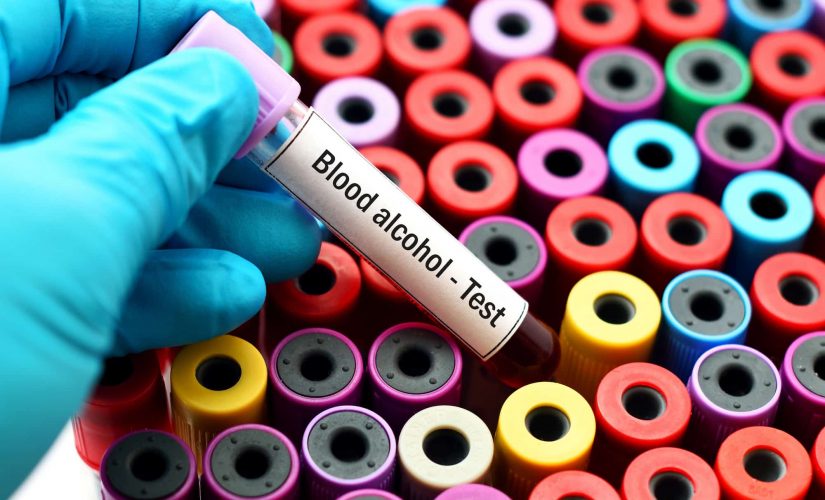
The new code has been applicable since 16 October last year but it seems that not everyone concerned is across the detail.
Like any government document, it’s a prime candidate for the ‘read it later’ basket. But this piece of Federal Government legislation is too important for anyone in building and construction to just glance through and forget. So we’ve summarised the key points and how they may affect you.
Building Code 2013 requires contractors to have a comprehensive policy for managing drug and alcohol issues in the workplace; this specifically includes mandatory drug and alcohol testing on Commonwealth funded projects that meet the financial thresholds detailed below.
Broadly speaking, testing applies to all principal contractors as well their sub-contractors, effectively everyone working on the site.
However the principle contractor is not responsible for any employee (except their own) that tests positive so companies on Commonwealth funded projects must still have an AOD policy to cover how they treat employees.
A fitness for work policy is required on Commonwealth funded projects with the following financial thresholds:
It’s all about testing the workers involved in the project for the presence of alcohol, opiates, marijuana, cocaine, benzodiazepines , amphetamines and methamphetamines. Methods include sampling of breath, saliva and urine.
As a minimum, frequent and periodic drug and alcohol testing of both construction workers and site office workers should be conducted as follows:
The minimum frequency for random drug and alcohol testing by principal contractors is at least once per month. Principal contractors must also outline their procedure for targeted testing of higher risk activities, voluntary testing and for-cause testing.
When a person returns a positive result for any of the substances listed they will be deemed unfit for work and prevented from returning until they can prove they are fit to return.
Additional consequences usually result, including disciplinary action, loss of shifts and, quite possibly, dismissal. Penalties await contractors too — including loss of contract.
The importance of ensuring the workforce is clean before staring work cannot be overemphasised. Principal contractors must also outline in their fitness for work policy how workers who attend for work affected by drugs or alcohol will be counseled and assisted, apart from any disciplinary process that might apply.
Common sense and some degree of flexibility need to be applied here, according to the needs of each project. We’re here to help, as always. Please contact us to discuss your individual workforce’s needs.

The NSW economy is bustling and the construction industry is a major contributor to the

Hayden Workplace Testing is very proud to offer you a large range of services to

This article was posted by the Alcohol and Drug Foundation 24/08/16. Heroin deaths spike as

1/3 Hunter drivers test positive for drugs Police are concerned about the staggering amount of